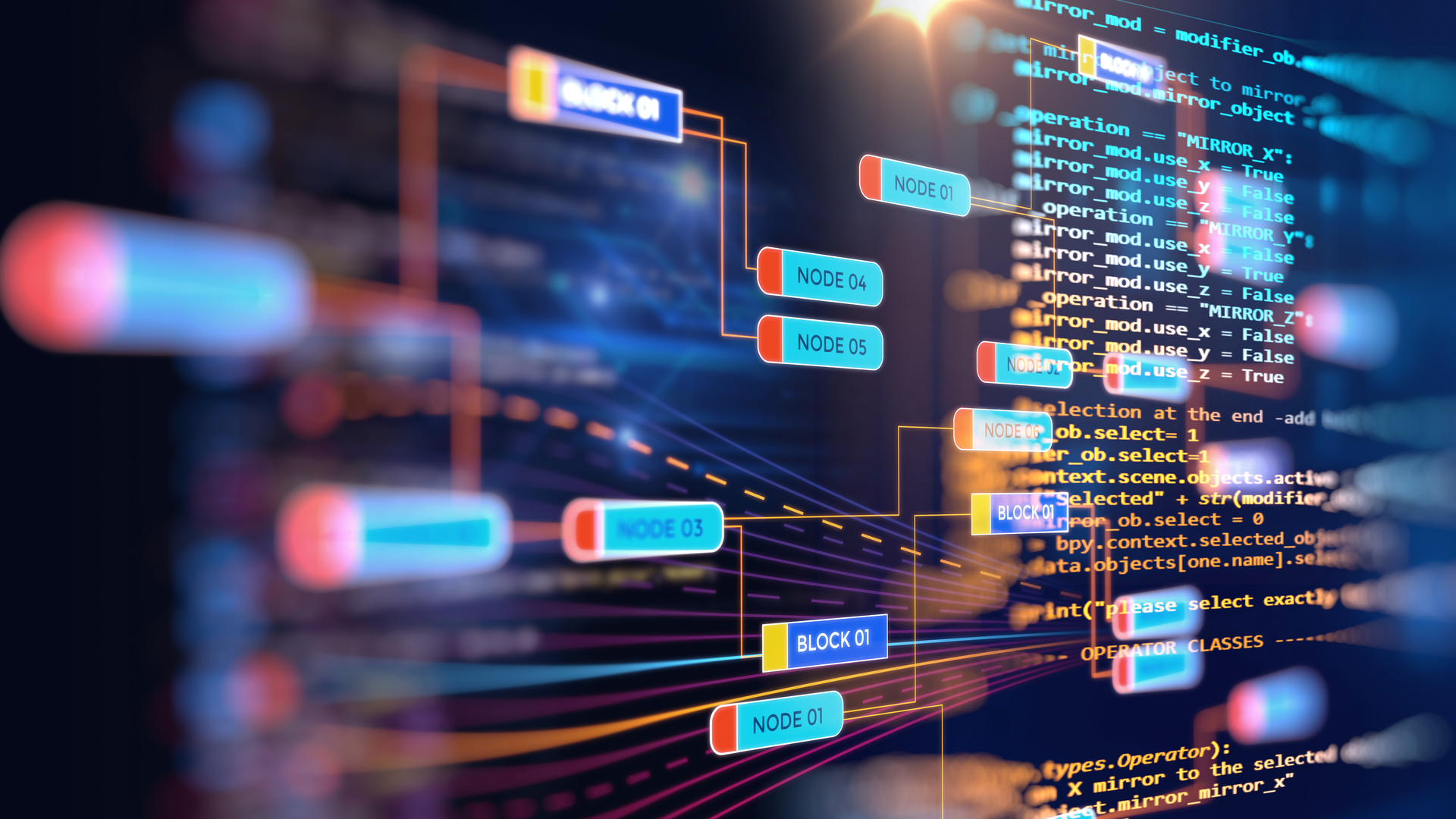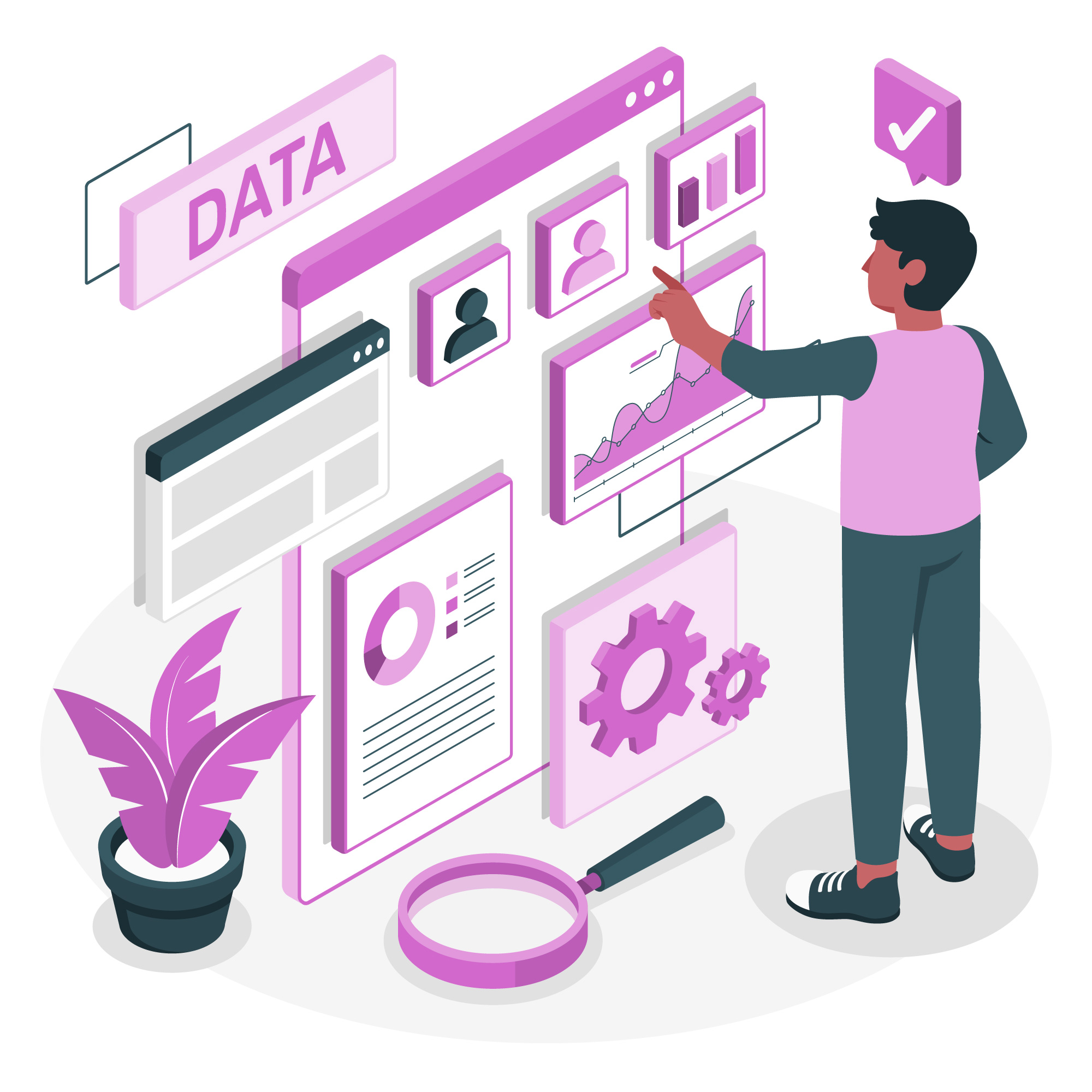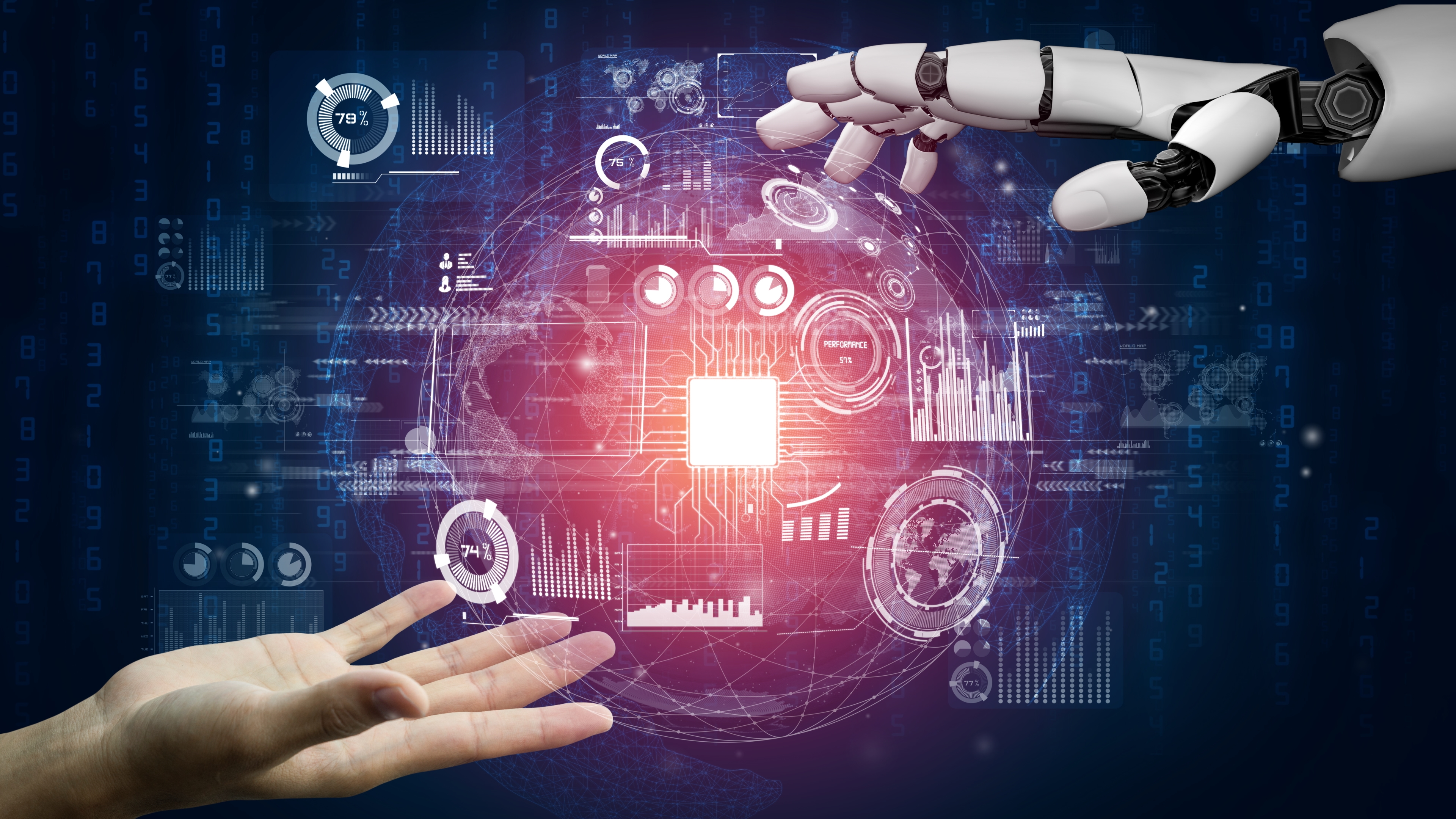Popular Data Science Tools.
Apache Spark (data analytics tool), Apache Hadoop (big data tool), KNIME (data analytics tool), Microsoft Excel (data analytics tool), Microsoft Power BI (business intelligence data analytics and data visualization tool)
MongoDB (database tool)
Qlik (data analytics and data integration tool), QlikView (data visualization tool), SAS (data analytics tool), Scikit Learn (machine learning tool),
Tableau (data visualization tool), TensorFlow (machine learning tool)
Data science can be thought of as having a five-stage lifecycle:.
Capture - This stage is when data scientists gather raw and unstructured data. The capture stage typically includes data acquisition, data entry, signal reception and data extraction.
Maintain - This stage is when data is put into a form that can be utilized. The maintenance stage includes data warehousing, data cleansing, data staging, data processing and data architecture.
Process - This stage is when data is examined for patterns and biases to see how it will work as a predictive analysis tool. The process stage includes data mining, clustering and classification, data modeling and data summarization.
Analyze - This stage is when multiple types of analyses are performed on the data. The analysis stage involves data reporting, data visualization, business intelligence and decision making.
Communicate - This stage is when data scientists and analysts showcase the data through reports, charts and graphs. The communication stage typically includes exploratory and confirmatory analysis, predictive analysis, regression, text mining and qualitative analysis..





